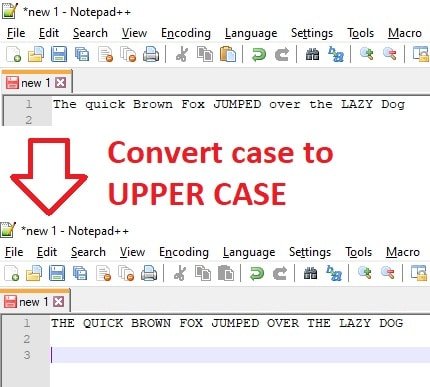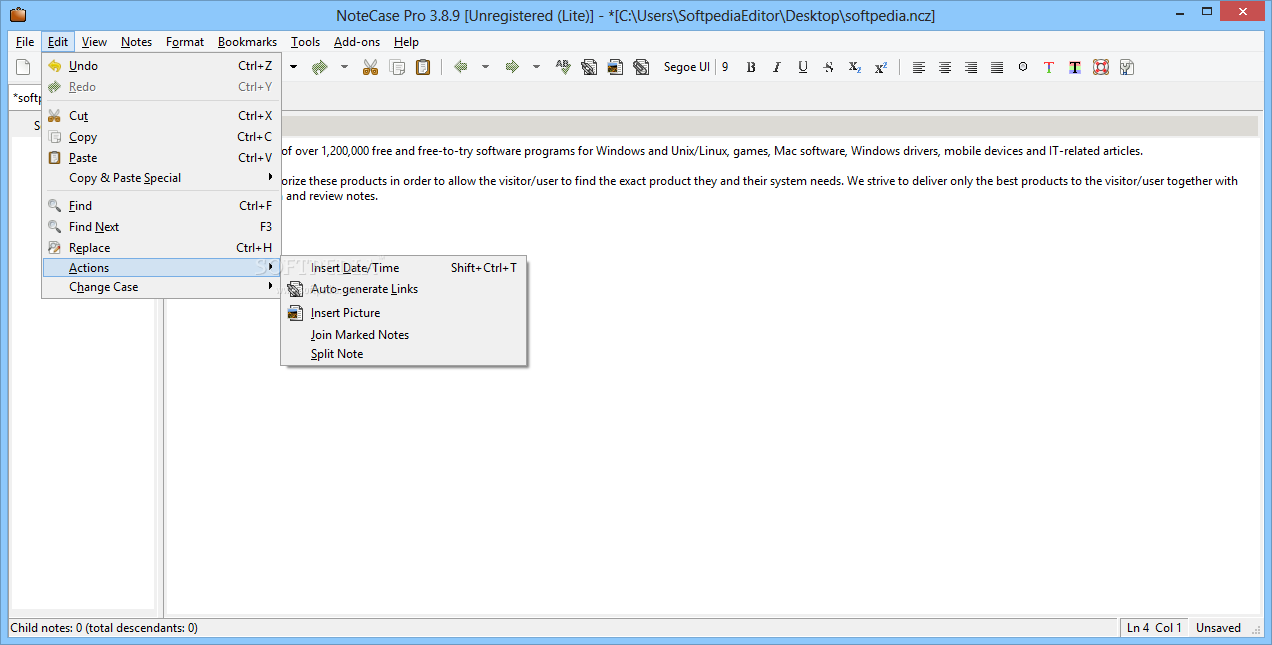

- Font keeps on changing in notecase pro software#
- Font keeps on changing in notecase pro license#
- Font keeps on changing in notecase pro windows#
The size of a point once varied by country, but the Linotype and Monotype machines helped spread the use of Anglo-American printers' points, which were a hair smaller than 1/72 inch, and modern desktop publishing software now defines a point as exactly 1/72 inch, simplifying the math considerably note unless you’re accustomed to the metric system, in which case, maybe not. The basic unit of type is the point, which defines the height of a given glyph's bounding box (not the letter itself - a holdover from the days of metal type). (Microsoft and Adobe eventually made the similar OpenType format as a replacement for TrueType.) It also uses a different way of doing curves than PostScript.
Font keeps on changing in notecase pro license#
TrueType was made by Apple to compete with PostScript, with Apple granting a royalty-free license to Microsoft to further help TrueType compete with PostScript, and a bitmap font is not needed.
Font keeps on changing in notecase pro windows#
Adobe Type Manager, available for macOS and Windows, would let you see the fonts and even anti-alias them, but current versions of Windows and macOS do this by themselves.

The first iterations of Windows and macOS couldn't actually show them on screen, so a bitmap version of the font was still needed. PostScript fonts are the first vector-based font, used by printers that supported the PostScript language. Most systems will allow you to use bitmap fonts at point sizes other than what the font has, but results aren't pretty. Most of these have only one bit to tell the system if a specified pixel is used by the character or not. Bitmap fonts have glyphs as bitmaps at different point sizes. There are several formats for font description files, with Bitmap, TrueType, OpenType, and PostScript being the most widely used (with TrueDoc, Embedded OpenType, Web Open Font Format and SVGT being variants that can be embedded in web pages). Modern computer fonts are stored in font description files, which contain the information for rendering the font on the screen (or on a printed page). Many experts still insist that what most people call a "font" is technically a "typeface". Since the advent of digital media, the term “font” has largely taken over, particularly since outline fonts can note that’s not to say “should” be scaled to any size. So for a typesetter working with metal type, a typeface would be Times New Roman, a font family within it would be Times New Roman demi-bold, and a font within that would be 12-point Times New Roman demi-bold. In letterpress printing using metal type, a “font” was a complete set of characters in a specific size and style of typeface (a set of characters that share a common design structure). What a font is, precisely, has varied in meaning over time.


 0 kommentar(er)
0 kommentar(er)
